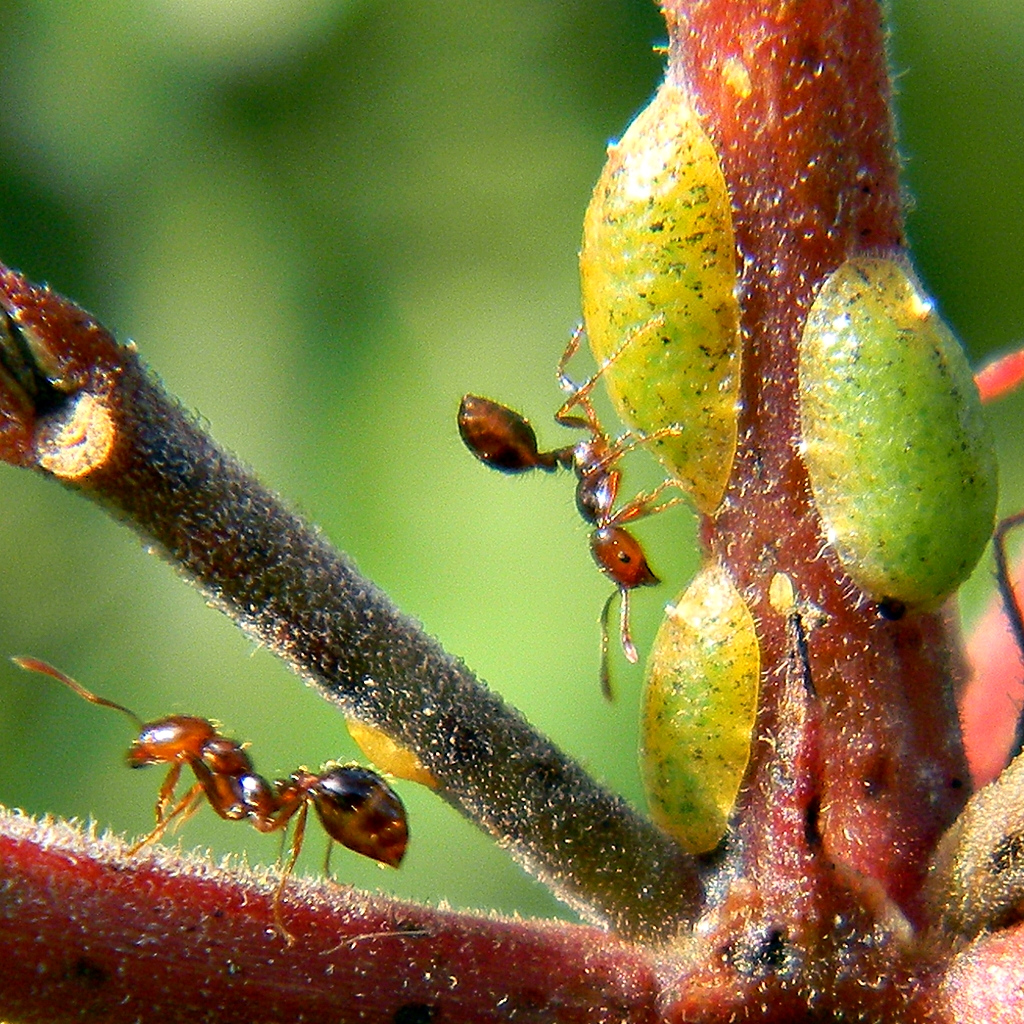
In the vast and complex world of insects, few phenomena are as intriguing as the ability of certain species to change gender. This unusual adaptation allows them to respond to environmental pressures, improve reproductive success, and help their species survive under challenging conditions. While gender fluidity is often associated with vertebrates like fish or amphibians, several insect species have developed surprisingly sophisticated mechanisms for switching sexes. These transformations go well beyond the typical metamorphosis we expect from insects, revealing a remarkable level of biological flexibility that continues to fascinate scientists studying evolution and sexual development.
Understanding Gender in Insects
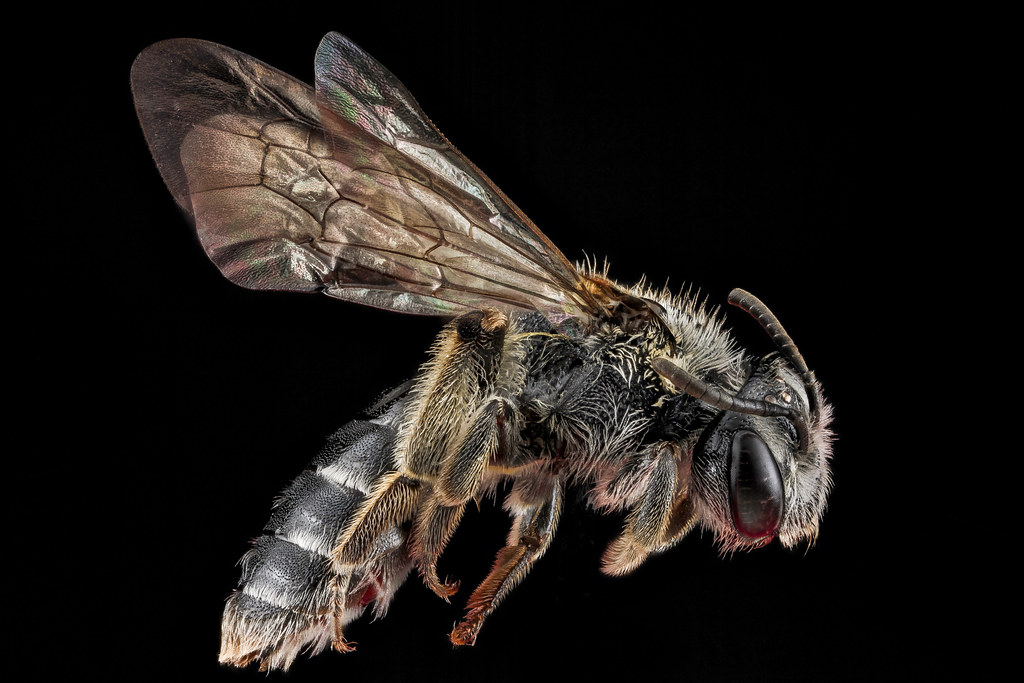
Before diving into examples of gender-changing insects, it’s helpful to clarify what “gender” means in this context. Unlike mammals, insects don’t have gender identities or social roles in the way humans do. What we’re really talking about is biological sex and reproductive function—traits determined by chromosomes, hormones, and physical characteristics. In most insect species, individuals are either male or female for life, with males producing sperm and females producing eggs. But in some species, individuals can shift their reproductive role under certain conditions, effectively changing what we’d consider their biological sex. Rather than a social concept, this kind of change is a remarkable evolutionary strategy.
The Hormonal Mechanics of Insect Gender Change
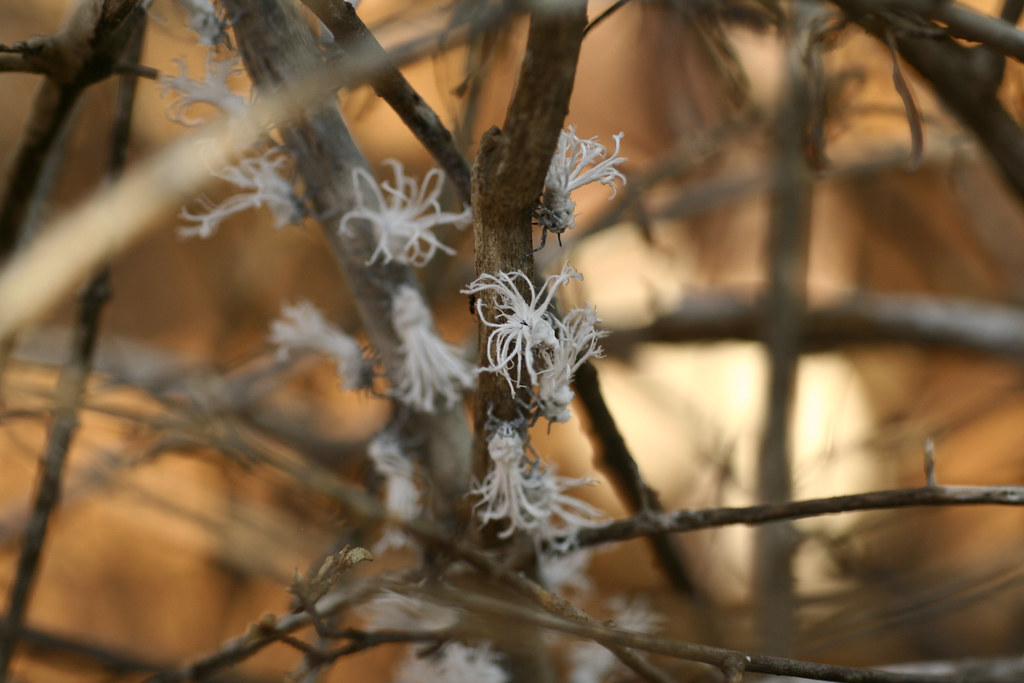
In insects, the ability to change gender is mainly driven by complex hormonal systems. Two key hormones, juvenile hormone (JH) and ecdysone, play central roles in regulating development, reproduction, and sexual differentiation. When certain environmental conditions are met, these hormones shift in concentration or timing, activating genetic pathways that guide sexual development. In some scale insect species, for example, a drop in juvenile hormone levels can trigger a switch from male to female. This change involves significant cellular restructuring, as old tissues break down and new reproductive organs form. These hormonal processes represent one of the most advanced biological transformation systems in the animal kingdom, giving insects a surprising level of developmental flexibility, even in adulthood.
Environmental Triggers for Gender Transformation
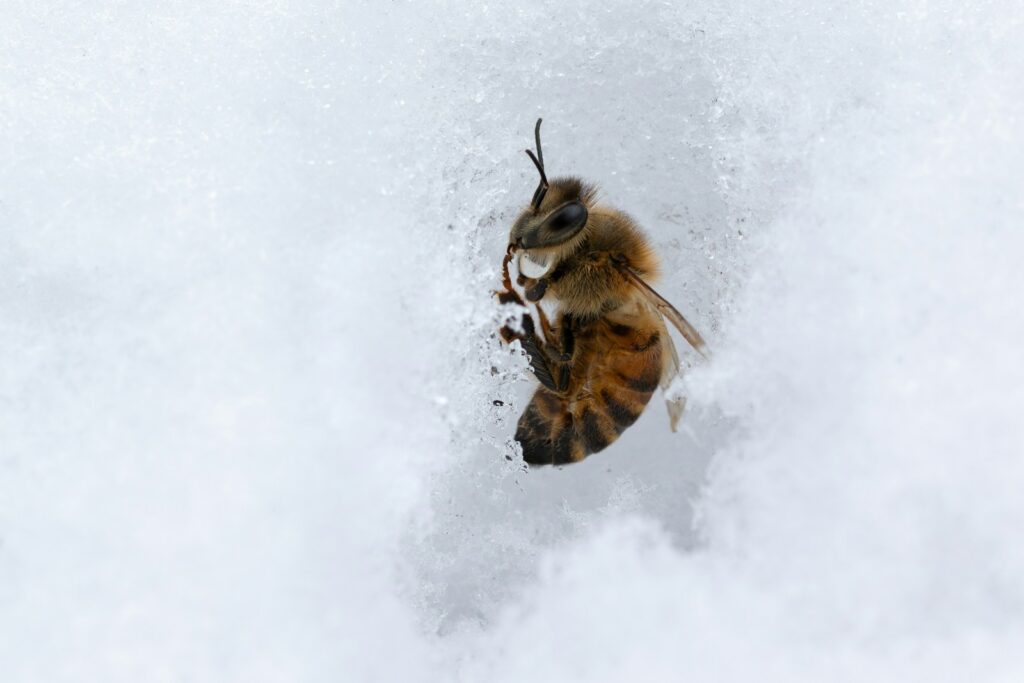
Gender changes in insects rarely happen by chance; they are usually triggered by specific environmental factors. Population density often plays a key role. When there are too many individuals of one sex in an area, some insects can switch gender to restore balance and improve reproductive chances. Temperature changes are another common trigger, with some species adjusting their gender in response to seasonal shifts. Nutritional factors also matter, as food scarcity can sometimes prompt gender changes as a survival strategy. These environmental cues set off complex hormonal responses that begin the gender transformation, showing just how closely these insects are connected to their environment. The ability to make such fundamental biological changes in response to the world around them is an impressive evolutionary adaptation.
The Scale Insect Phenomenon
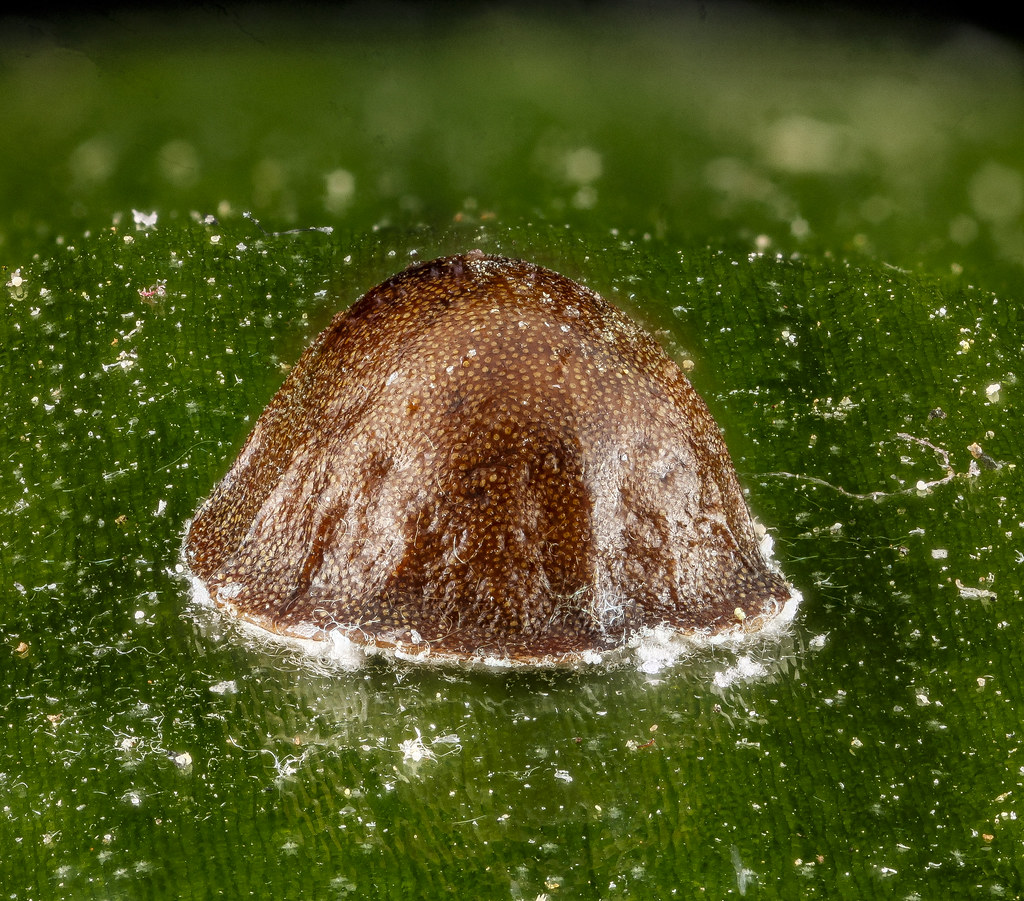
Scale insects, which are part of the Superfamily Coccoidea, offer one of the most striking examples of gender switching in insects. In some species, individuals that begin life as males can later transform into females. This change is more than behavioral, it involves major physiological shifts in reproductive organs and functions. Known primarily as plant sap feeders and agricultural pests, these insects may use this gender flexibility to increase reproductive output when conditions are favorable. The transformation involves significant cellular restructuring, with the insect essentially developing new reproductive organs. This remarkable ability highlights how biological sex can be surprisingly fluid in some species when reproductive advantage is important.
Sequential Hermaphroditism in Gall Midges

Gall midges, belonging to the family Cecidomyiidae, exhibit a fascinating reproductive strategy called sequential hermaphroditism. In some species, individuals begin life as males and later transition to females, a pattern called protandry. This transformation is more than just a change in behavior; it involves the growth of new female reproductive organs while the original male structures gradually break down. The timing of this switch is often linked to the insect’s life cycle and environmental factors, allowing the midge to make the most of its reproductive potential throughout its lifespan. This adaptation is particularly useful in habitats where mating opportunities fluctuate with the seasons or where population sizes vary, giving these tiny flies the flexibility they need to reproduce successfully.
Termite Royalty and Gender Flexibility
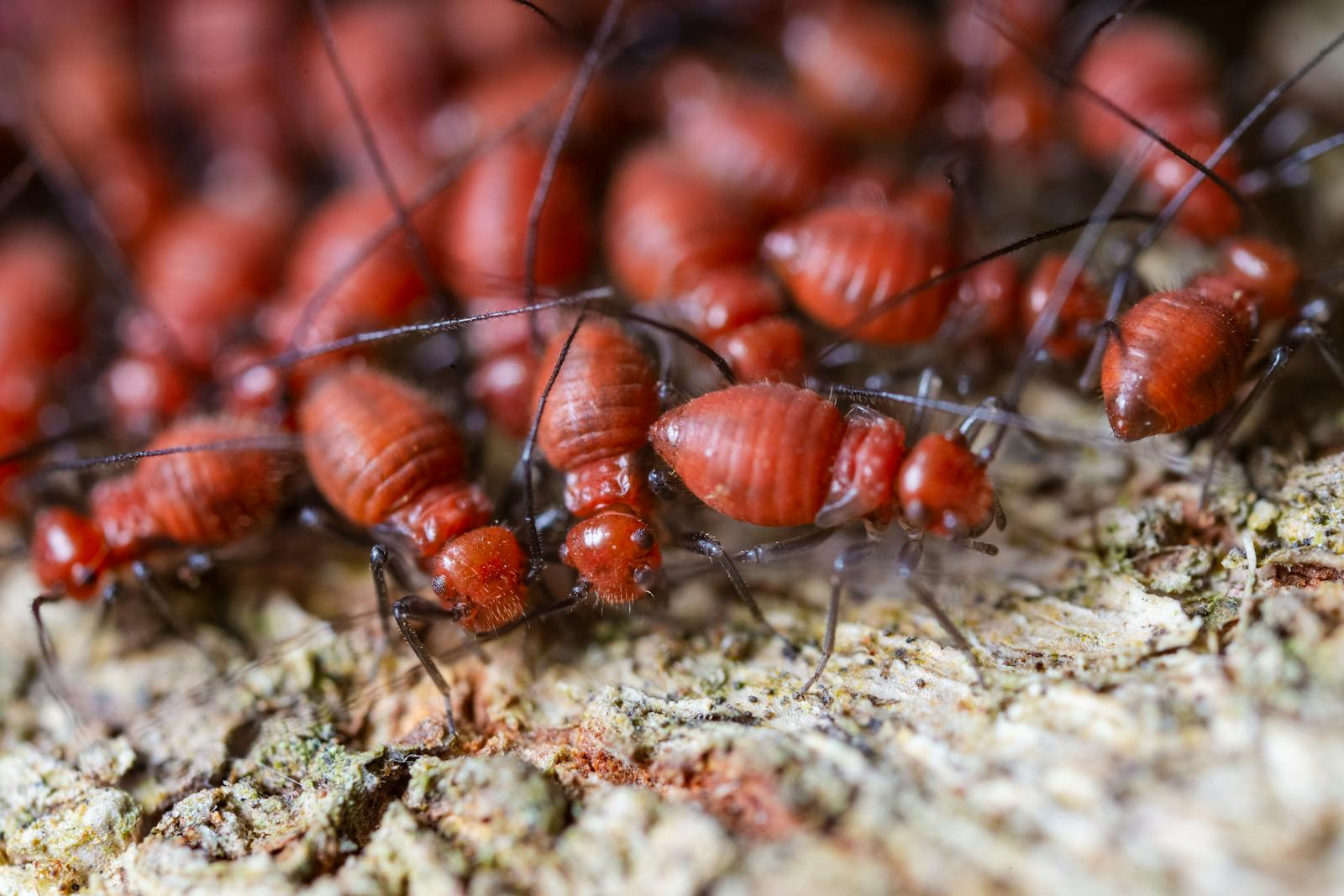
Termites display a fascinating form of gender flexibility within their complex social colonies. In many species, workers are immature individuals who have not fully developed sexually and can become either males or females. When a colony loses its queen, some female workers can transform into replacement queens by developing fully functional reproductive systems. Similarly, if the king dies, certain male workers can become reproductive males. This flexibility helps ensure the colony’s survival during times of crisis. What makes this process especially interesting is that these changes are triggered by pheromones and social signals, rather than being strictly determined by genetics. It highlights the close connection between environment and sexual development in these insect societies.
Social Insects and Caste-Based Gender Development
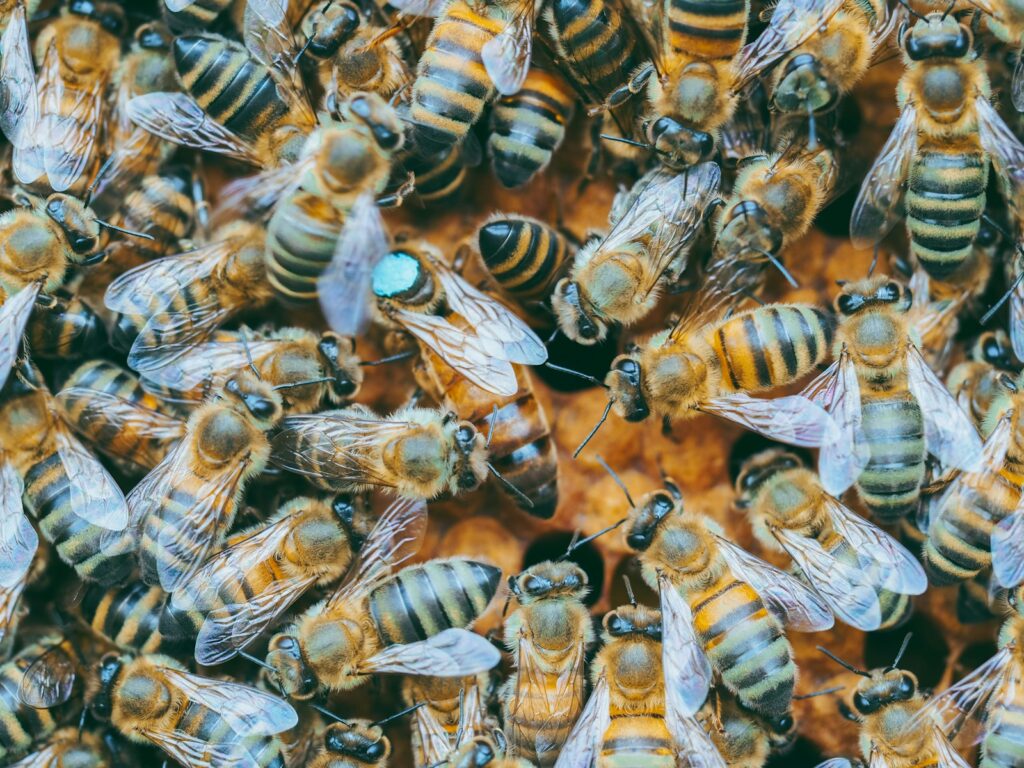
In social insects like ants, bees, and wasps, gender development is closely tied to their caste systems, introducing a unique form of adaptability in their reproductive roles. Although these insects do not change gender in the traditional sense, their potential to develop reproductive capabilities varies widely. For instance, female larvae in honeybee colonies can become either sterile workers or fertile queens, depending entirely on their diet during development. Larvae fed royal jelly develop into queens, while those given a standard diet become workers. Similarly, in some ant species, environmental signals can trigger worker ants to develop reproductive functions if the colony loses its queen. These cases show how environmental and social influences, rather than genetics alone, shape gender-related development and reproductive roles in insect societies.
Parasitic Wasps and Host-Induced Gender Shifts
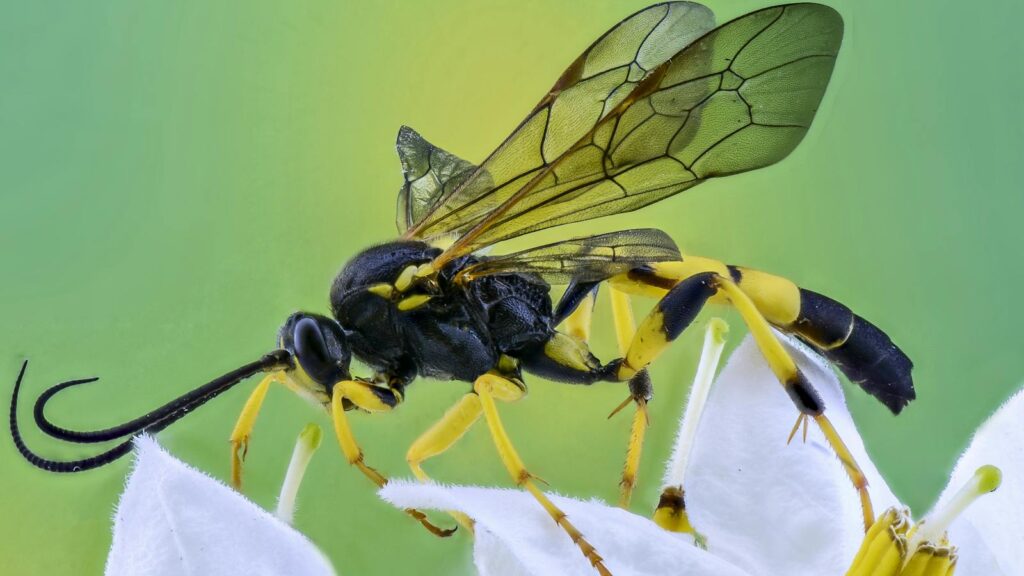
Certain parasitic wasps exhibit a unique form of gender determination influenced by their hosts. In species like Nasonia vitripennis, females can control the gender of their offspring based on the quality of the host where eggs are laid. When the host offers abundant resources, females typically lay fertilized eggs that develop into females, which require more energy. On lower-quality hosts, unfertilized eggs develop into males, which need fewer resources. This strategy allows the mother to maximize reproductive success by adjusting offspring gender according to available resources. This process depends on chemical detection systems that assess host quality and trigger the appropriate reproductive response, demonstrating precise biological control.
Aphids and Their Reproductive Flexibility

Aphids demonstrate some of the most complex reproductive strategies in the insect world, including elements of gender plasticity. During favorable seasons like spring and summer, aphid populations consist mostly of females. These females reproduce asexually through parthenogenesis, essentially cloning themselves without the need for males. However, as environmental conditions shift toward winter, aphids begin producing both males and sexual females, switching to sexual reproduction. This transition involves more than just behavior; it reflects fundamental changes in how their offspring develop. By alternating between these reproductive modes, aphids can rapidly expand their numbers when conditions are good, while also ensuring genetic diversity and producing eggs capable of surviving harsh winters. This adaptive strategy has helped aphids become one of the most successful and resilient insect groups on Earth.
The Evolutionary Advantage of Gender Flexibility

The ability to change gender offers a significant evolutionary benefit for insect species with this capability. In environments where resources or mating opportunities fluctuate unpredictably, gender flexibility allows populations to adjust their reproductive strategies quickly, without relying on slow genetic changes over generations. This adaptability proves especially valuable in harsh or unstable conditions where traditional reproductive methods might fall short. Gender-changing abilities also help balance population ratios, reducing the risk of species decline. From an evolutionary standpoint, the energy invested in developing and maintaining these biological mechanisms must be outweighed by the reproductive gains they provide, indicating that such flexibility offers substantial advantages within the ecological niches these insects occupy.
Scientific Research and Future Discoveries
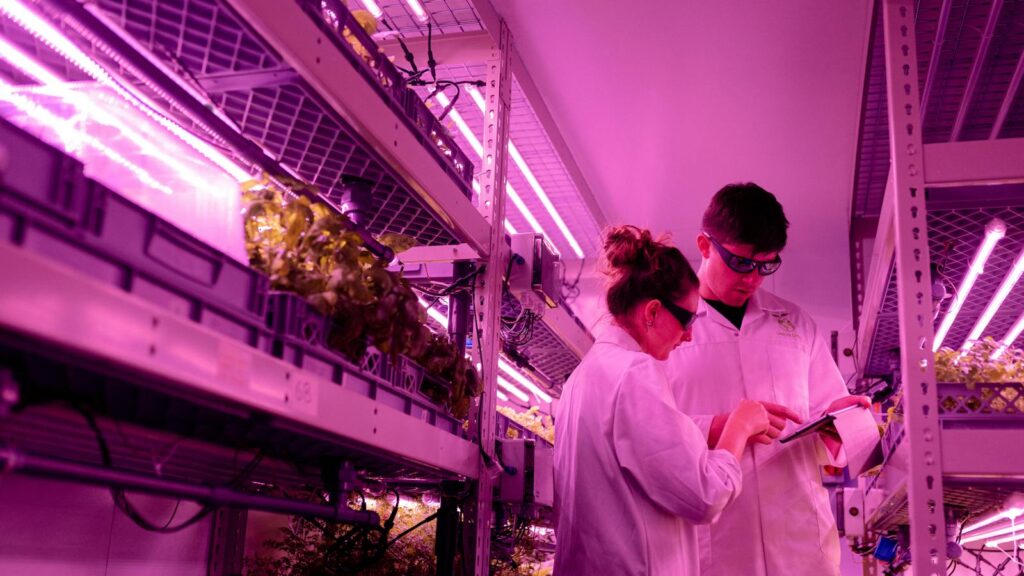
The study of gender-changing insects continues to provide fascinating insights into developmental biology, evolution, and adaptation. Advances in genetic analysis have enabled scientists to pinpoint specific genes involved in insect gender determination. They have also uncovered the molecular pathways that facilitate gender switches. This research extends beyond entomology and offers broader implications for understanding sexual development across the animal kingdom. With climate change altering environmental conditions worldwide, there is growing interest in how these insects will respond to such shifts. Many researchers agree that we have only begun to explore the full extent of gender flexibility in insects. Numerous species remain unstudied and may hold even more extraordinary adaptations. Future research, leveraging genomic and developmental techniques, promises to deepen our knowledge of these remarkable biological transformations.
Conservation Implications

The unique reproductive strategies of gender-changing insects raise important conservation considerations. Species with complex gender determination systems may be particularly vulnerable to environmental disturbances that interfere with the triggers or hormonal mechanisms controlling gender development. Chemical pollutants, especially endocrine disruptors, could potentially have devastating effects on insects that rely on hormonal signals for proper sexual development. Climate change presents another significant threat, as rising temperatures and altered seasonal patterns may disrupt the environmental cues that trigger appropriate gender development or transitions. Understanding and protecting these sophisticated biological systems requires specialized conservation approaches that consider these unique vulnerabilities. The loss of these remarkable species would not only represent a decrease in biodiversity but also the loss of extraordinary evolutionary adaptations that have taken millions of years to develop.
Conclusion

The world of gender-changing insects provides a fascinating glimpse into the remarkable diversity of reproductive strategies that have evolved in the natural world. These adaptations remind us that biological sex in the animal kingdom can be far more fluid and environmentally responsive than we might assume from a human perspective. As research continues to unveil the mechanisms behind these extraordinary transformations, we gain not only scientific knowledge but also a deeper appreciation for the remarkable adaptability of life on earth. These tiny creatures, with their ability to fundamentally transform their reproductive biology in response to their environment, stand as testaments to the incredible diversity of solutions that evolution has produced to ensure species survival in our complex and ever-changing world.

